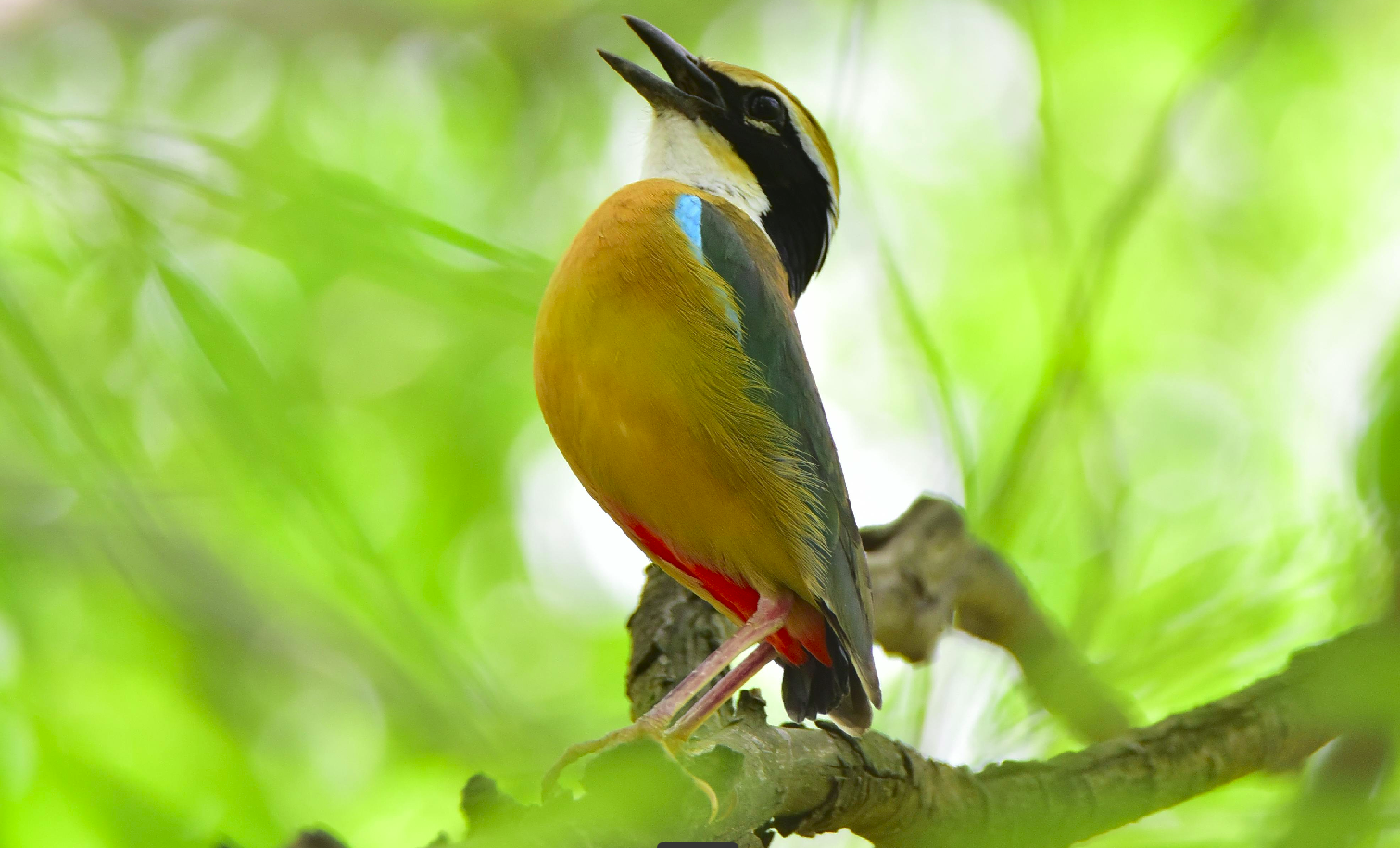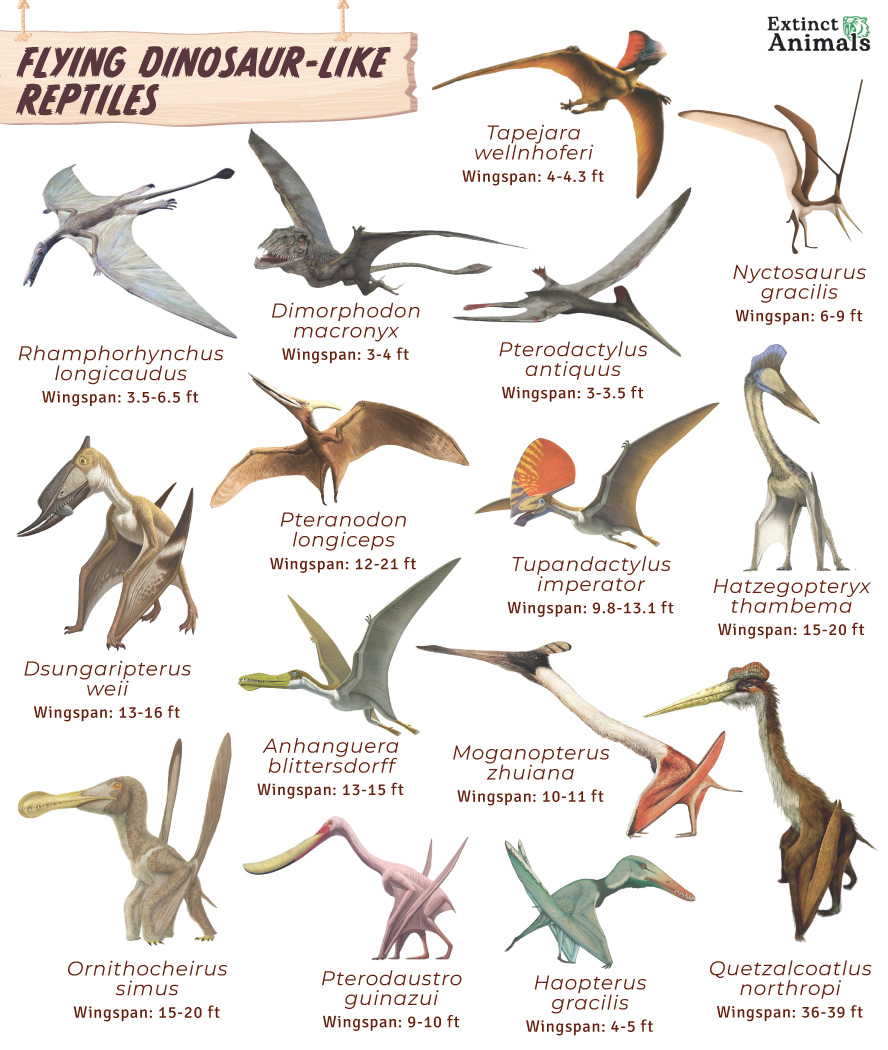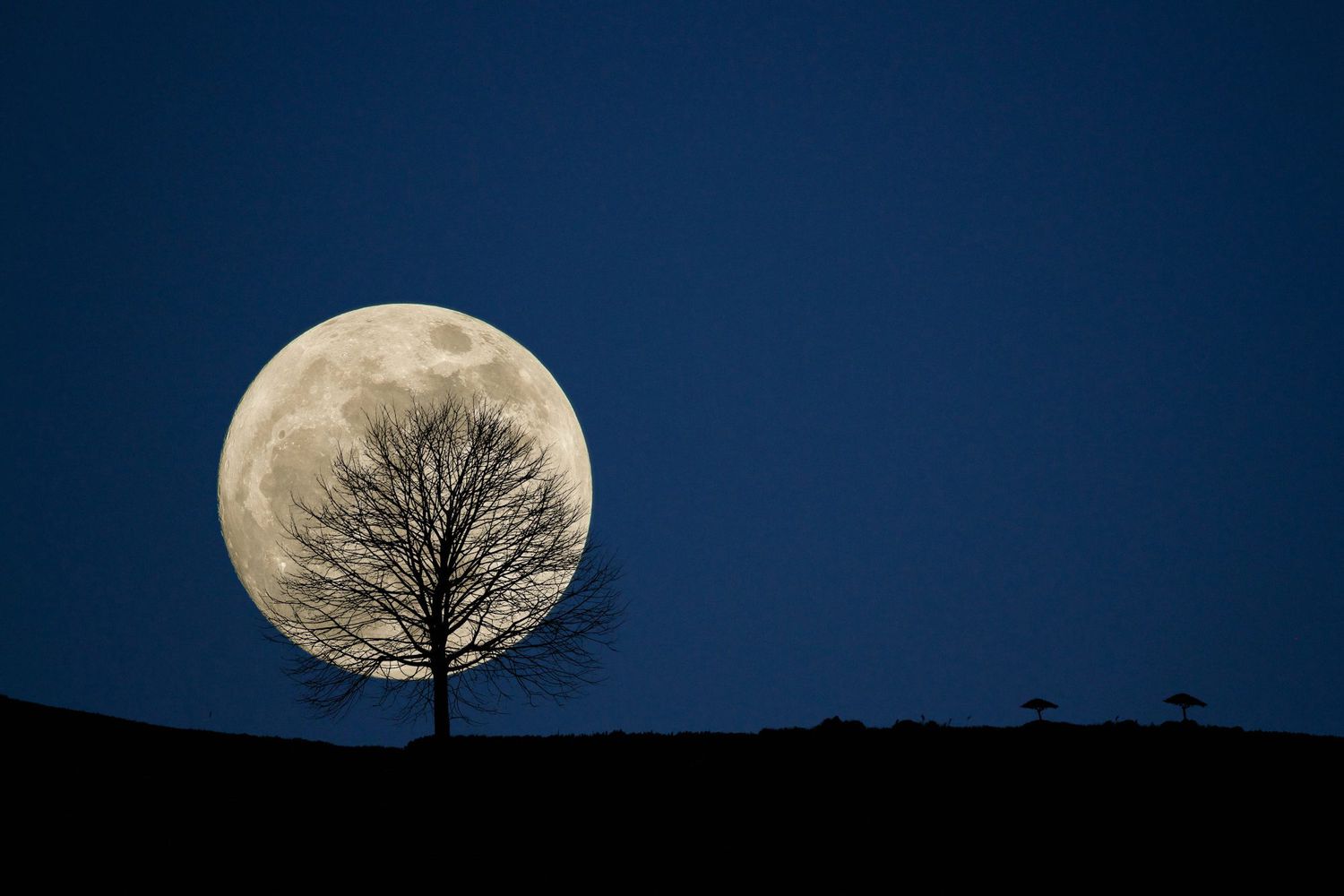
Introduction
The Indian Pitta (Pitta brachyura), locally known as “Pitta” in Telugu, is a vibrant and captivating bird native to the Indian subcontinent. Its striking appearance and melodious calls have made it a favorite among bird enthusiasts and a symbol of natural beauty. Recognizing its charm and significance, Wordsmiths Enterprize and its subsidiaries, including thetechjournalist.com and ye-india.com, have proudly adopted the Indian Pitta as their official mascot.
Natural Habitat
If you’ve ever strolled through the forests of Telangana during the monsoon—or just heard the sweet two-note “wheeeet-tieu” whistle echoing through the trees—you’ve likely had the fortune of encountering the Indian Pitta. This bird is more than just a feast for the eyes. It’s a cultural gem, a scientific muse, and the ultimate rainbow-feathered celebrity of the Indian forests.
What’s especially fascinating—and a point of regional pride—is this:
🪶 The name “Pitta” is not just a scientific classification. It’s what locals in the Telugu-speaking regions have always called it.
In places like Hyderabad, Warangal, Nalgonda, and across the Deccan Plateau, villagers and forest dwellers referred to this bird as “Pitta” for generations. When ornithologists finally got around to studying and naming this beauty formally, they didn’t have to look far. The local name was already perfect—short, melodic, and spot-on. So they said, “Why mess with a good thing?” and voila, the bird became officially known in the scientific world as Pitta brachyura.
Yes, that’s right:
🌳 A scientific name inspired by the local Telugu language!
The Telugu-speaking Deccan region didn’t just spot the bird—it gave it its name. That’s like discovering a star and having NASA name it after your nickname for it. Talk about regional fame!
Deccan’s Feathered Jewel
The Indian Pitta thrives in diverse habitats across the Indian subcontinent. It primarily inhabits scrub jungles, deciduous forests, and dense evergreen forests. During the breeding season, it is commonly found in the Himalayan foothills, central India, and the Western Ghats. In winter, it migrates to southern India and Sri Lanka. Occasionally, exhausted individuals may be spotted in human settlements during migration.
The Indian Pitta is especially famous in the Deccan Plateau region, which spans parts of Telangana, Andhra Pradesh, Karnataka, and Maharashtra. But if there were a red carpet for birds in the monsoon season, the Indian Pitta would be the one turning heads in the Hyderabad forests with its ‘rainbow-meets-forest-floor’ look.
-
It nests and breeds in the Telangana forests, especially during the monsoon, when the earthworms are out and about.
-
It’s one of those rare birds you don’t need to hike to the Himalayas to see—you can sometimes spot it hopping around right outside city edges.
-
In Hyderabad’s outskirts, birdwatchers and e
-
ven farmers keep an ear out for its call in June and July. The moment they hear it, it’s like nature’s own weather forecast: “The monsoons are here!”
A Kaleidoscope of Colors
The Indian Pitta is renowned for its dazzling plumage, earning it nicknames like “Navaranga” in Kannada and “Nauranga” in Hindi, both meaning “nine colors.” Its compact body, measuring about 17 to 19 centimeters in length and weighing between 45 to 65 grams, showcases a palette of colors:Wikipedia
-
Crown: A buff-colored stripe adorns the top of its head.
-
Eye Stripe: A bold black line runs through its eyes, adding to its distinctive look.
-
Upperparts: Vibrant green feathers cover its back and wings.
-
Tail: A striking blue tail adds a splash of color.
-
Underparts: The belly is buff-colored with a bright red patch near the vent.
This vivid coloration not only makes the Indian Pitta a visual delight but also aids in camouflage within its forest habitat.
Diet and Foraging Behavior
An insectivorous bird, the Indian Pitta primarily feeds on insects and other small invertebrates. Its diet includes ants, termites, beetles, spiders, cicadas, crickets, and earthworms. Foraging on the forest floor, it uses its strong bill to sift through leaf litter in search of prey. Occasionally, it may also consume kitchen food scraps found on the ground. India Biodiversity Portal
Melodious Calls
Despite its bright appearance, the Indian Pitta is more often heard than seen. Its distinctive two-note whistle, often described as “wheeet-tieu,” is commonly heard at dawn and dusk, earning it the nickname “Six-O-Clock” bird in Tamil. During calls, the bird throws back its head and points its bill upwards, a behavior that adds to its unique charm.
Breeding and Nesting Habits
The breeding season of the Indian Pitta coincides with the southwest monsoon, typically from June to August. Nests are globular structures with a circular opening, constructed on the ground or low branches using dry leaves, grasses, and twigs. A typical clutch consists of four to five glossy white eggs with maroon or purple speckles. Both parents share incubation duties and are actively involved in feeding the chicks post-hatching.
Chick Development and Parental Care
Upon hatching, the chicks are altricial—blind and featherless—requiring constant care. Parents feed them a diet rich in insects and invertebrates, making numerous feeding trips daily. Observational studies have recorded up to 579 feeding flights by parents within ten days, highlighting their dedication.
Conservation Status
Currently listed as “Least Concern” by the IUCN, the Indian Pitta maintains a stable population across its range. However, habitat loss due to deforestation poses a potential threat. Conservation efforts focusing on habitat preservation are essential to ensure the species’ continued well-being. Wikipedia
Cultural Significance
In various Indian cultures, the Indian Pitta is associated with the monsoon season, symbolizing renewal and vitality. Its presence is considered auspicious, and its calls are believed to herald the arrival of rains, making it a cherished bird in folklore.
Mascot of Wordsmiths Enterprize
Embodying vibrancy, resilience, and a connection to nature, the Indian Pitta serves as the official mascot for Wordsmiths Enterprize and its subsidiaries. Its colorful plumage reflects creativity and diversity, aligning with the company’s mission to inspire and inform through storytelling.
Conclusion
The Indian Pitta, with its dazzling colors and intriguing behaviors, is more than just a bird; it is a symbol of nature’s artistry and cultural richness. As it graces the forests of the Indian subcontinent and the branding of Wordsmiths Enterprize, it continues to inspire admiration and a deeper appreciation for the natural world.
Can you believe a Bird’s name, scientific name, and local name in all native languages the same?
Note to Readers:
This editorial aims to provide a comprehensive overview of the Indian Pitta, celebrating its role in nature and culture. For further insights and visual representations, readers are encouraged to explore additional resources and engage with local birdwatching communities.









